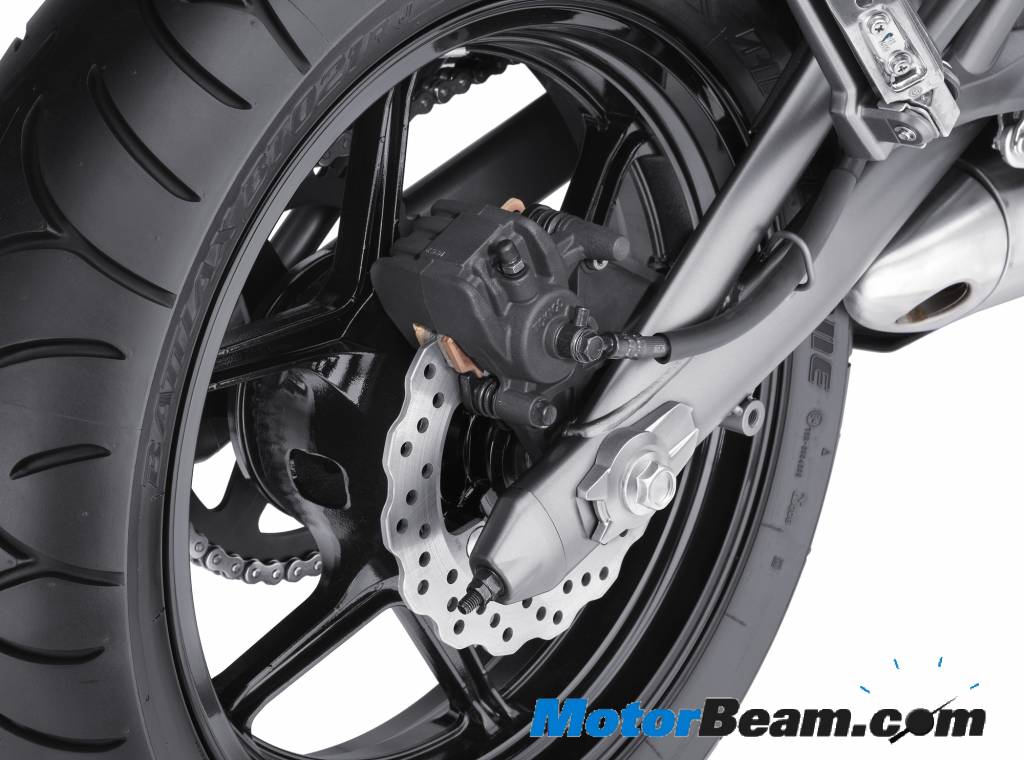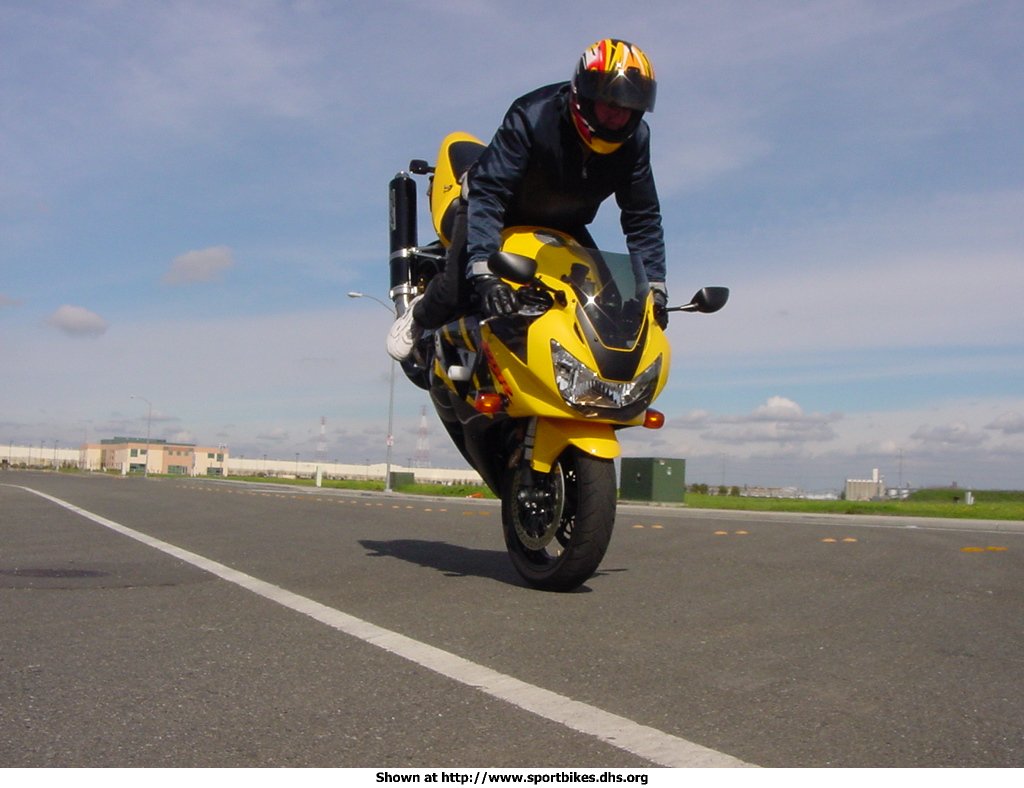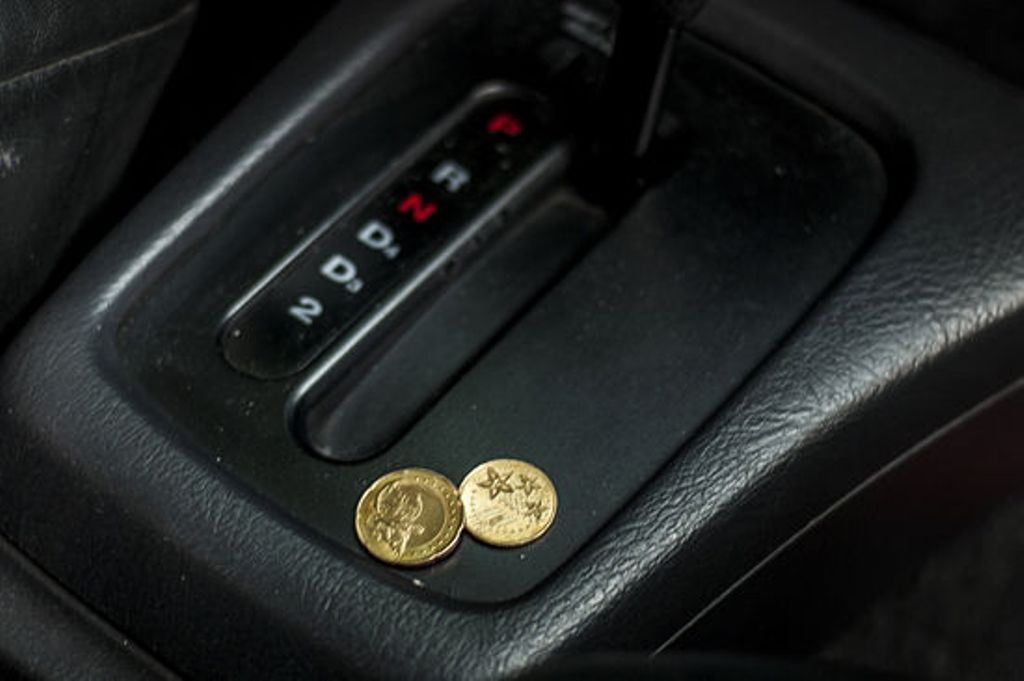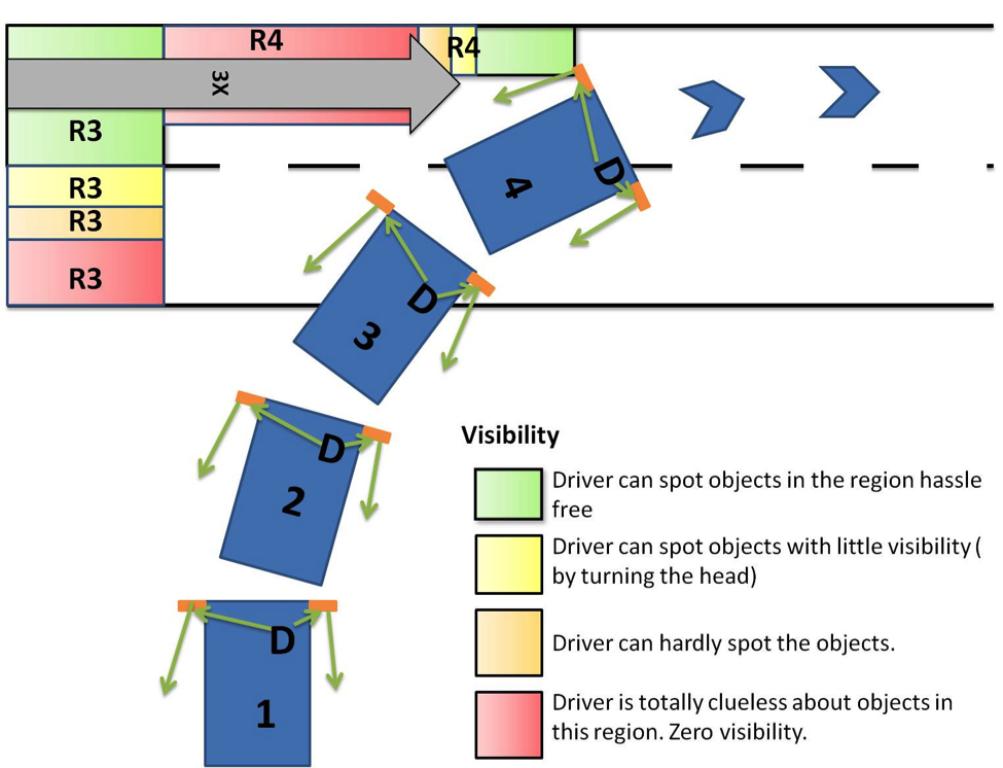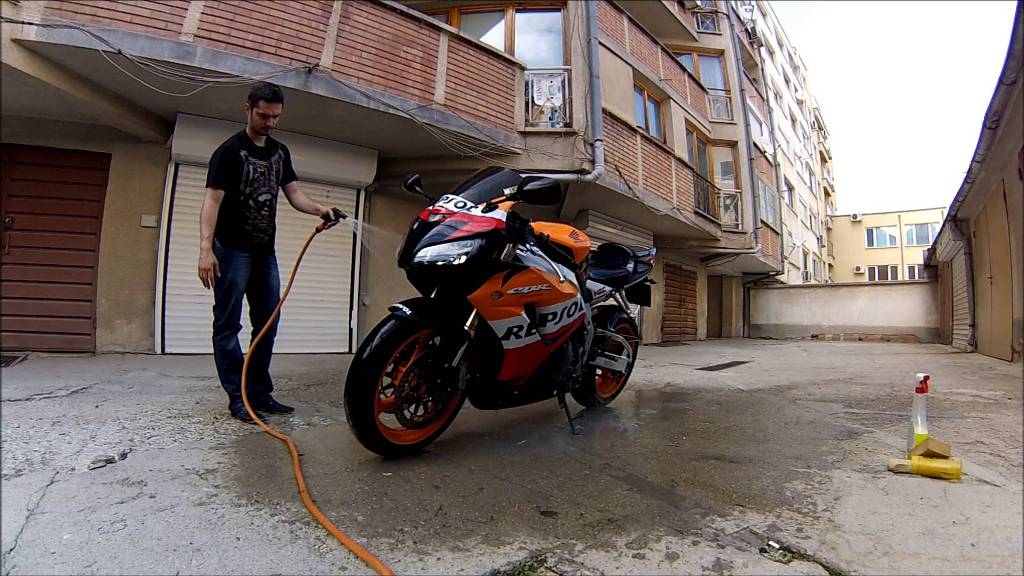Unlike cars that have seatbelts, airbag and other on-board electronics to keep you safe inside the cabin, motorcycles have practically dismal amounts of protection for their riders. Although there are ABS, ESP and other electronics being introduced on premium bikes, it still leaves the rider exposed to external elements. There have been multiple occasions where pedestrians would cross the road blindly or dogs jump on the street or a car will come out on your lane out of the blue and you end up braking hard to have fallen and crashed receiving bumps and bruises.
We give you tips on how to brake in an emergency and minimize the risk of any mishaps.
1. Do Not Panic
You need to remember that panicking or going blank is not the solution for such situations. Try and stay calm and move out of harm’s way as effectively as possible. You will be able to think better and will have much better control on your motorcycle with a calm mind. Another factor to keep in mind is concentrating on the road. A lot of people ride when thinking about something. Basically you are not concentrating on the road and you cannot anticipate a collision much in advance.
2. Do Not Lock The Rear Tyre
Several riders panic brake in emergency situations and end up locking the rear tyre. This is because the rear tyre has minimum weight pressing down that leads to loss of traction and the back-end has a propensity to fishtail or skidding. Apply the rear brakes gently without locking the rear tyre and let the speed of the bike gradually come down. Tap the front brakes to further reduce the speed and bring the bike to a halt.
3. Apply The Front Brakes
The front brakes are more effective in stopping your vehicle, since the primary weight of the bike is inclined in the front. You can enhance the stopping power by shifting your bodyweight to the front of the bike for more effective braking. Slamming the front brakes hard is very dangerous causing the brakes to lock, throwing you off the bike or lifting up the rear and flipping over. You can use the front brakes with the rear brakes for more effective braking so that you are able to manoeuvre the bike.
4. Manoeuvre The Bike
Anticipating an obstacle early on will make you change lanes faster. Be careful that you don’t collide sideways into another vehicle by suddenly changing the lane. You could end up in a serious collision. Make sure there is enough space to change to another lane or manoeuvre to go around the obstacle and safely avert the mishap.
5. Do Not Clutch
You can use this technique called engine braking to bring down the speed of the bike significantly along with the brakes. Under a hard braking situation, do not use the clutch and quickly downshift the gear instead. The jerks will be quite effective in reducing the speed and you can bring your bike to a halt.
If The Crash Impending?
There could be a possibility where it would be too late to stop in time and a crash is unavoidable. At this point squeeze the front and the rear brakes completely until both the brakes are almost locked, release them and squeeze them again. The best you can do is to reduce the speed of the motorcycle, brace yourself and minimize the damage as much as possible.
Braking effectively is a skill which you can develop by understanding your motorcycle and practicing the same in a controlled environment. It is also important that you use effective riding gear like helmets, riding jackets, gloves, knee pads and elbow pads when riding. Sometimes the crash would not be your fault at all, but you will minimize damages to yourself with the riding gear. You can purchase a new motorcycle, your insurance will take care of that; but your life is most precious.


